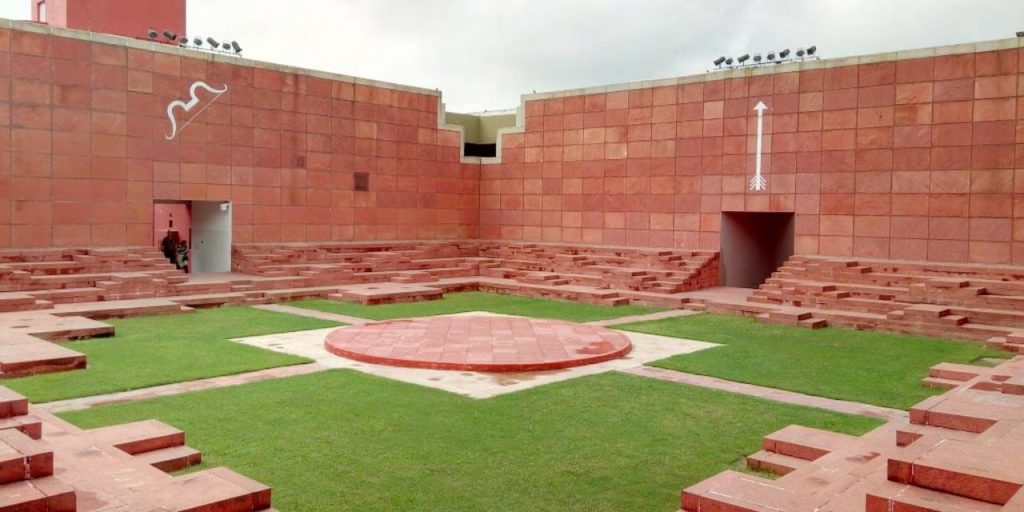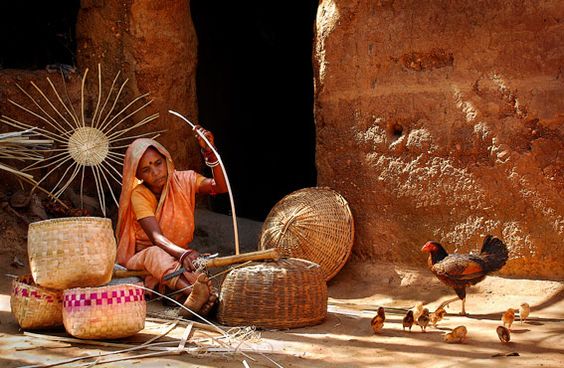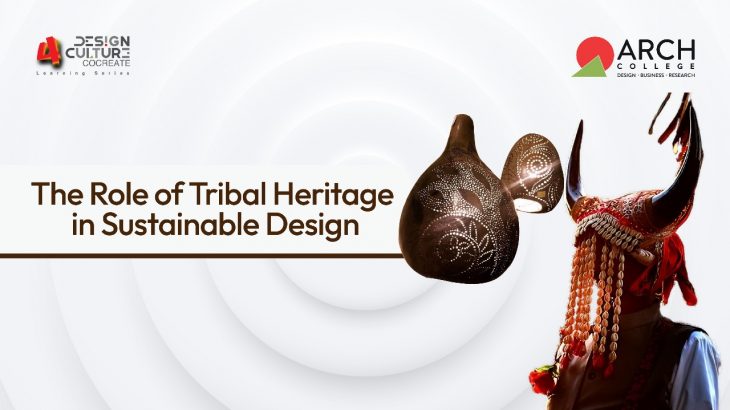Sustainability is more than just a trend in the design world; it is a deeply rooted concept that has been practiced by Indigenous communities for centuries. As we face increasing environmental challenges, the wisdom of these communities offers invaluable lessons that can guide contemporary design across various fields.
In a recent Co-Creative Learning session, Jeet Singh Arya, founder of Unexplored Bastar and a TEDx speaker known for his vision of sustainable tourism, shared insights into the sustainable practices of tribal communities. Arya highlighted how these tribes integrate sustainability into their daily lives and traditional designs, offering valuable lessons for modern design. By exploring these lessons, we can see how the traditional wisdom of Bastar can profoundly influence contemporary sustainable design.
Can Nature’s Abundance Redefine Design?
A fundamental aspect of sustainable design is the choice of materials. In Bastar, tribal communities exemplify this by using locally available resources such as bamboo, mud, straw, and stone. These materials are not only environmentally friendly, due to their low impact and renewability, but also create a deep connection between the people and their natural surroundings. Designers and architects can draw inspiration from these practices by using sustainable, indigenous materials that minimize carbon footprints and promote local economies.
Some notable examples in India demonstrate how Indigenous materials and techniques have been successfully integrated into sustainable design:
The Bamboo House by Architect Ramesh Khosla
This eco-friendly house, in the north eastern state of Mizoram, is constructed primarily from bamboo and local timber. The design leverages bamboo’s strength and flexibility, creating a sustainable and aesthetically pleasing structure that blends seamlessly with the natural surroundings.
Jawahar Kala Kendra, Jaipur: Designed by architect Charles Correa, this cultural center utilizes local sandstone in its construction. The use of locally sourced stone not only supports regional economies but also ensures that the building complements its environment and climate, enhancing its durability and sustainability.

The Power of Community and Craftsmanship in Design Sustainability
In Indian tribal communities, traditional craft-making often involves entire families or villages, ensuring the transfer of skills across generations. This communal approach fosters a culture of shared responsibility for sustainable practices. Unlike industrial production, which often prioritizes efficiency over environmental impact, Bastar’s traditional methods emphasize thoughtful, deliberate creation. This collective approach not only preserves traditional crafts but also empowers marginalized communities by promoting fair trade and showcasing their talents.

Tribal Wisdom in Ecological Architecture
Bastar’s traditional housing is a prime example of ecological architecture, designed to endure climatic extremes while harmoniously integrating with the natural landscape. These homes are typically built from mud and thatch, materials that offer excellent insulation and reduce energy consumption. This approach reflects biophilic design principles, where the built environment fosters a strong connection with nature. Inspired by this model, architects can design modern structures that focus on energy efficiency, apply passive design techniques, and integrate seamlessly with their ecological context.
Examples of designs inspired by traditional sustainable methods include:
The Bhunga Houses of Kutch, Gujarat
These traditional circular structures are made from locally available materials like mud, clay, and thatch. Designed to withstand the harsh desert climate of Kutch, the thick mud walls provide natural insulation, and the thatched roofs are both renewable and effective in keeping the interior cool.
Traditional Clay Roof Tiles in South India
In various regions of South India, traditional clay tiles are used for roofing. These locally made tiles have excellent insulating properties, keeping buildings cool in hot climates, and are a testament to sustainable, locally sourced building practices.

Keeping Cultural Heritage Alive with Sustainable Design
Sustainable design extends beyond material choices and architectural styles; it must also embrace cultural narratives. Tribal communities express their identity through festivals, rituals, and arts. By designing spaces that honour cultural heritage and promote inclusivity, we can enhance community resilience and foster a strong sense of belonging. Modern designers have the opportunity to create environments that tell stories, respect traditions, and connect deeply with the community’s identity.
As we move toward a future where sustainability is paramount, the lessons learned from the tribal communities of Bastar are particularly relevant. By embracing indigenous wisdom, modern design practices can evolve to respect the environment, enhance social equity, and preserve cultural heritage.
Our approach to design education goes beyond teaching technical skills; we emphasize sustainability, guiding students to create designs that are both functional and environmentally responsible. We encourage them to engage with and support local artisans, helping to preserve and promote traditional crafts and skills.
Additionally, we explore tribal art and cultural expressions as sources of inspiration for our students, integrating these traditional elements into their work. This ensures that their designs are innovative while respecting and honouring heritage. Through collaboration, designers and tribal communities can work together to create solutions that are not only innovative but also deeply rooted in sustainable practices. It’s time to look back to move forward, embracing the age-old practices of communities like Bastar as the foundation for a sustainable tomorrow.
